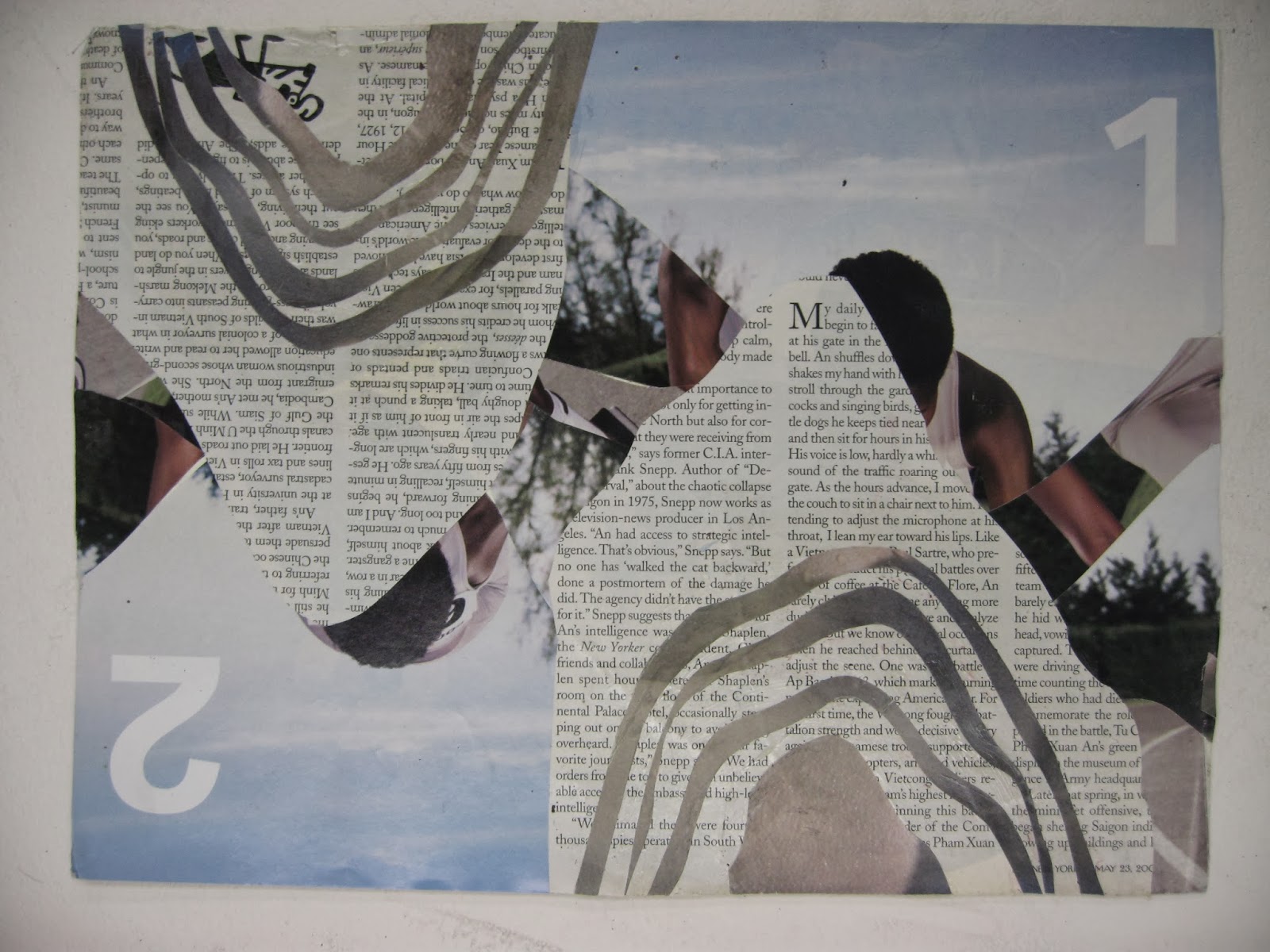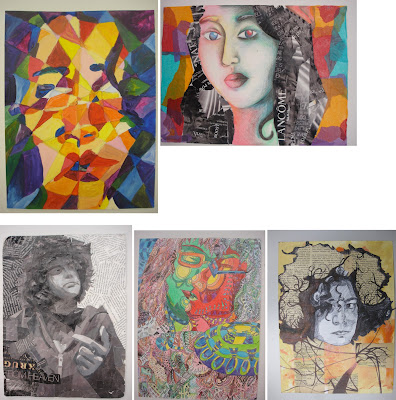Air is the element of intellect, study, and book learning. It is also the element of youth, creativity, and spontaneity, and of communication and travel.
Fire is the element of strength and energy. It is also the element of passion, courage, protection, purification, transformation, destruction, chaos, and sex.
Water is the element of wisdom, clarity, and common sense. It is also the element of emotion, intuition and divination.
Earth is the element of stability, order and grounding. It is the element of beginnings and endings.
Due Dates (Critiques)
Samimy's Class: Wed, February 12th
Lambert's Class: Thurs, February 13th
• Bristol 9x12” format - 2 compositions
• glue - rubber cement, glue stick, elmer's glue
• scissors and xacto knives
• tons of good magazine images with color and type!
Process
Cut type specimens and images from magazines using conceptual thinking of how you would visually interpret the two elements you have selected. Combine interesting letters forms, titles and paragraphs from different sizes, thickness and shapes with images to design an appealing collage that conveys the element chosen.
Do not use any representational imagery. you should look for color relations, texture, pattern tonal value of the colors. so you must look through the image and consider it for shape and color. Please remember to design your cut outs as well, this has great impact on the aesthetics of the final composition. Be thoughtful about the figure ground relationships, color combinations to create an effective and convincing final product.
Think about different ways to represent your element of choice. How do you see fire, air, water earth? is it agitated, windy, passionate, arid... Is it tropical, desert, forest, is the water agitated, calm, is the air breezy, hurricane, tornado, etc... , what types of lines, shapes, color, composition, alignment... You need to use the scope of color values that exude the type of feeling you want to convey; you can combine type with images/shapes—but remember that these are typographic and image compositions.
Remember to also be very aware of designing your cuts and shapes. this has to be part of the process to achieve your desired results.
Use combination of type as imagery as well as textural cut outs that communicate your goal. The result will be 2 (pick 2 out of 4) interesting and appealing compositions.
Samples


















